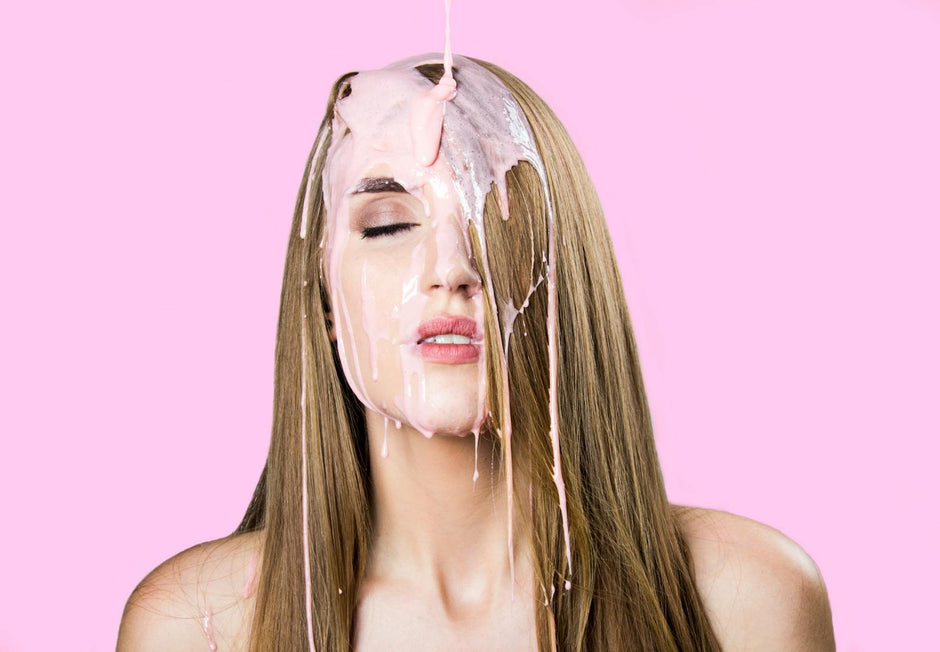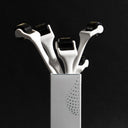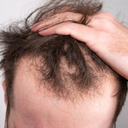Minoxidil is a popular topical treatment used for hair loss, primarily for conditions like androgenetic alopecia. Many people turn to minoxidil in hopes of regrowing hair and improving their overall hair density. However, a common concern arises for those who decide to stop using this treatment: what happens when you stop minoxidil? Understanding the implications of discontinuing minoxidil is crucial for anyone considering this option.
Table of content
What happens when you stop minoxidil?
When you stop using minoxidil, several changes can occur. Most notably, you may experience hair loss. This is primarily due to the fact that minoxidil works by stimulating hair follicles and prolonging the hair growth phase. If you discontinue use, the hair follicles may revert to their previous state, leading to a shedding phase known as "telogen effluvium." Typically, this shedding can occur within a few months after stopping treatment, and you may notice thinning hair or increased hair loss during this period.
In addition to hair loss, it’s important to note that any hair regrowth achieved while using minoxidil is generally lost over time. This means that if you have seen improvements in hair thickness or density, those results may diminish, and you may return to your baseline level of hair loss prior to starting the treatment. This regression can be frustrating for users who have invested time and effort into their hair restoration journey.
Moreover, the timeline for these changes can vary from person to person. While some individuals may notice shedding within the first few weeks of stopping, others might not see significant changes until several months later. This variability can depend on factors like the duration of minoxidil use, the individual's unique hair growth cycle, and underlying genetics.
As your leading source for hair health information over the past 4 years, we never compromise on accuracy. When it comes to your health, you deserve information you can truly rely on - and earning your trust is our top priority.
Here's how Scandinavian Biolabs ensures every piece of content meets the highest standards of accuracy and integrity:
- Credentialed Experts: Our reviewers are actively practicing doctors and medical researchers
- Stringent Reviews: Content undergoes rigorous editing by subject specialists and review by a practicing doctor.
- Evidence-Based: We rely on well-established research from trusted scientific sources like peer-reviewed journals and health authorities.
- Full Transparency: Our editorial standards, writer credentials, reviewer credentials, correction process, and funding are all publicly documented.
- Independent Voice: While we do promote products, we operate in a vacuum to business operations. Our main goal is just an unwavering commitment to providing medically-sound guidance.
You can count on Scandinavian Biolabs to consistently deliver the trustworthy health information you deserve. Read our Editorial Standards.
The Science Behind Minoxidil
To better understand what happens when you stop minoxidil, it’s essential to grasp how the medication functions. Minoxidil is believed to improve blood circulation to the hair follicles, promoting hair growth and preventing hair loss. It enhances the size of hair follicles, prolongs the growth phase (anagen), and can even stimulate the production of new hairs in some users.
When you stop using minoxidil, the physiological effects it has on your hair follicles cease. Without the continuous stimulation from minoxidil, the hair follicles may shrink again, leading to the loss of hair that was previously maintained or gained during treatment.
What to Expect After Stopping Minoxidil
After discontinuing minoxidil, users typically go through several stages:
- Initial Shedding: As mentioned, many individuals will experience an initial increase in hair shedding. This occurs as the hair follicles transition back to their natural cycle.
- Regrowth Phase: Some users may see a temporary phase of new hair growth, but this is often fragile and may not survive without ongoing treatment.
- Return to Baseline: Eventually, most users will return to the hair loss pattern they experienced before starting minoxidil, which can be disheartening for those who hoped for lasting results.
Managing Hair Loss After Discontinuation
If you are considering stopping minoxidil, it’s essential to have a plan in place for managing potential hair loss. Here are a few strategies:
- Consult a Dermatologist: Before stopping minoxidil, speak with a healthcare provider or dermatologist. They can provide personalized advice and alternative treatment options.
- Gradual Discontinuation: Instead of stopping abruptly, consider tapering off the treatment slowly. This may help reduce the shock to your hair follicles.
- Alternative Treatments: Explore other hair loss treatments, such as finasteride or low-level laser therapy, which may help maintain results.
- Healthy Hair Practices: Maintain a healthy diet rich in vitamins and minerals that promote hair health, such as biotin, iron, and zinc.
Emotional Impact of Hair Loss
It’s also important to acknowledge the emotional impact that hair loss can have. Many individuals experience decreased self-esteem or confidence when faced with hair thinning or loss. Seeking support from friends, family, or professionals can be beneficial in managing these feelings.
Conclusion
In conclusion, stopping minoxidil can lead to a variety of changes, primarily centered around hair loss. Users often experience increased shedding and a return to their previous hair loss pattern. If you are contemplating discontinuing minoxidil, consider consulting a healthcare professional to discuss your options and develop a plan to manage potential hair loss. Understanding the implications of stopping minoxidil can help you make informed decisions about your hair health journey.
```Minoxidil Side Effects Got You Down? There's A Plant-Based, Drug-Free Option.
Minoxidil can be a double-edged sword for hair regrowth. It works, but often comes with scalp irritation and unwanted hair growth. Maybe you'd prefer a gentler approach altogether?
The good news is, effective alternatives exist. Many simply aren't aware of them.
Here's what you likely crave:
- Soothe the Scalp: Ditch the itch and irritation.
- See Real Results: Noticeable hair regrowth, not just less shedding.
- Safe for Everyday Use: A trusted product you can rely on.
Bio-Pilixin® to the Rescue
Bio-Pilixin® is a clinically tested, drug-free answer to your hair loss woes.
- Gentle Yet Effective: Powerful results without harsh chemicals.
- Help Reduce Shedding, Increase Growth: Studies show significant hair regrowth for users.
- Safe & Plant-powered Formula: Confidence you can use Bio-Pilixin® daily.
Bio-Pilixin® offers the powerful, yet gentle approach you've been searching for.
Read more:






